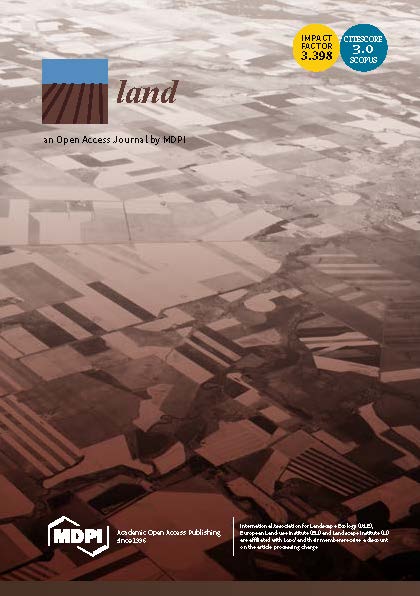Using Scenario Building and Participatory Mapping to Negotiate Conservation-Development Trade-Offs in Northern Ghana
Abstract
In multifunctional landscapes, expanding economic activities jeopardise the integrity of biodiverse ecosystems, generating conservation-development trade-offs that require multi-stakeholder dialogue and tools to negotiate conflicting objectives. Despite the rich literature on participatory mapping and other tools to reveal different stakeholder perspectives, there is limited evidence on the application of such tools in landscape-scale negotiations. This paper addresses this gap by analysing a participatory mapping process in Ghana’s Western Wildlife Corridor, where a community-based landscape governance system called the community resource management area (CREMA) exists. Data from three participatory mapping workshops and focus group discussions with community and institutional actors reveal that increasing demand for food and natural resources and climate change impacts are drivers of landscape degradation, resulting in declining faunal and floral biodiversity and reduced ecosystem services. Meanwhile, community actors prioritise the expansion of farming land, while institutional actors prioritise forest conservation. However, scenario building and participatory mapping helped communicate each other’s aims and reach a negotiated consensus. Finally, power relations, cultural and traditional rules, and differences in knowledge affected deliberations and decision-making. We conclude that scenario building and participatory mapping can contribute to an inclusive landscape approach, provided that well-functioning multi-stakeholder platforms are in place and facilitators adequately navigate power imbalances and recognise different kinds and degrees of knowledge.

